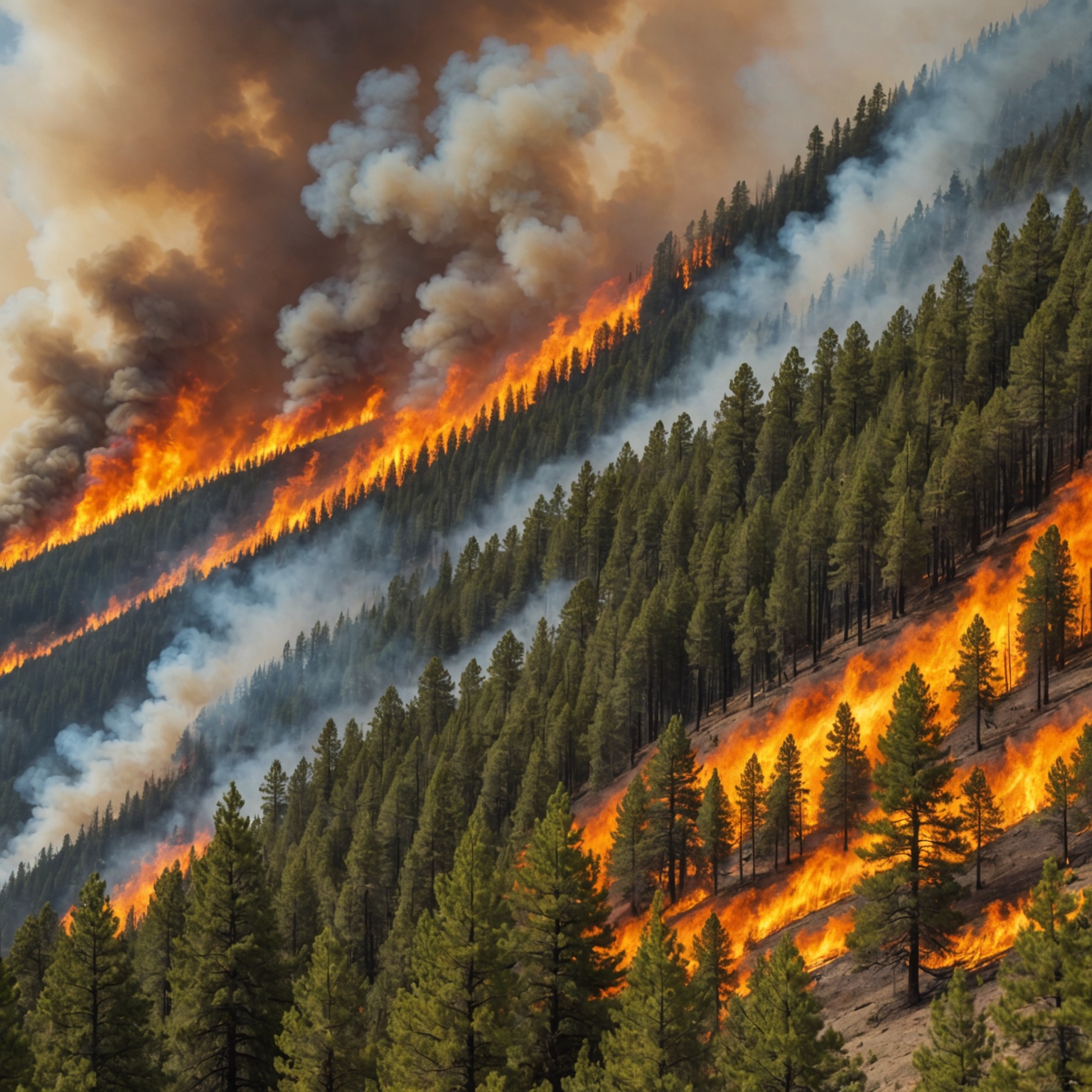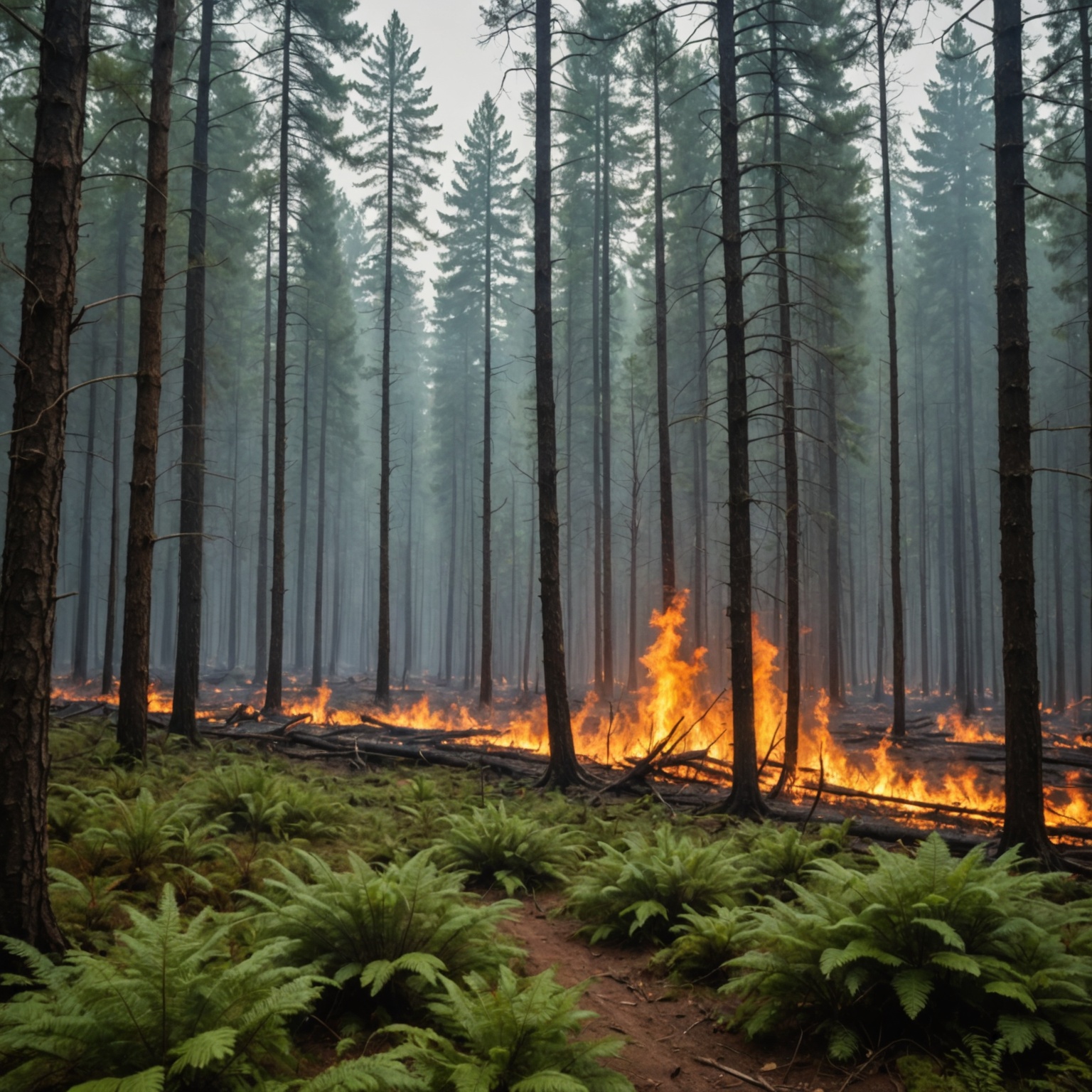The Role of Climate Change in Increasing Forest Fire Incidents

The Role of Climate Change in Increasing Forest Fire Incidents
As the planet warms, the frequency and intensity of forest fires are also on the rise. This article delves into how climate change is exacerbating forest fire conditions, impacting ecosystems, and what measures can be taken to mitigate these effects.
Understanding the Link Between Climate Change and Forest Fires
Climate change, primarily driven by the increase in greenhouse gases, leads to global warming. This warming effect alters weather patterns globally, which in turn affects forest fire dynamics. Key aspects include higher temperatures, reduced snowpack, and earlier spring melts, which create a longer and more intense fire season.
Additionally, climate change contributes to more extreme weather events, such as droughts and heatwaves, which dry out vegetation and make it more flammable. Increased wind speeds can further exacerbate fire spread, making fires more dangerous and challenging to control.

Furthermore, the rise in atmospheric CO2 levels can lead to increased plant growth in some regions, ironically increasing the amount of combustible material available. This 'fuel load' feeds forest fires, making them even more severe when they occur.
Impacts on Ecosystems and Biodiversity
Forest fires do play a natural role in shaping ecosystems, facilitating nutrient cycling and new growth. However, the increased frequency and intensity of fires driven by climate change can overwhelm these natural processes, leading to severe ecological disruptions. Species that are not adapted to frequent fires may face extinction, and soil degradation can occur, affecting water quality and vegetation regrowth.
Changes in fire patterns can also lead to shifts in habitat, with certain species migrating to cooler areas, thus altering the ecological balance. This can have cascading effects on food chains and biodiversity as a whole.
Human Communities at Risk
Aside from ecological impacts, the increase in forest fires poses direct threats to human communities. Fires destroy homes and cause air quality to plummet, leading to health issues. Economic damages from forest fires include not only property loss but also the immense cost of firefighting and post-fire rehabilitation.
Communities near fire-prone areas must adapt to this increasing threat through better land management practices, building codes that incorporate fire-resistant materials, and improved emergency response strategies.
Strategies for Mitigation
Addressing the root of the problem involves global efforts to reduce greenhouse gas emissions. Locally, better forest management practices such as controlled burns and the reduction of fuel loads can help mitigate fire risks. Public education on fire safety and preparedness is also crucial.
Advanced technologies like satellite monitoring and AI can aid in early detection and better predict fire behavior, allowing for more effective responses.

Ultimately, a multi-faceted approach combining global cooperation on climate action with local resilience-building measures is essential to tackle the increasing threat of forest fires.






